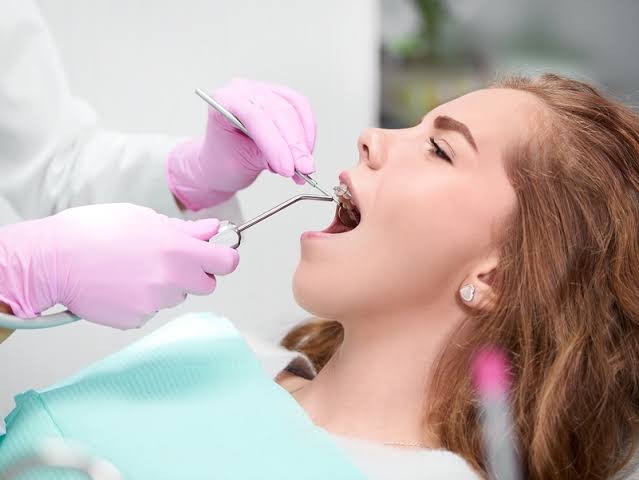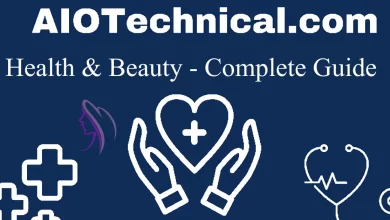Dental trauma, characterized by injuries to the teeth, gums, or surrounding tissues, can be a painful and often distressing experience. Whether it’s a cracked tooth from a fall, a knocked-out tooth during sports, or damage caused by biting into something hard, dental trauma can have significant consequences for oral health.
In this blog post, we will delve into the various root causes of dental trauma, from accidents to habits, and explore how understanding these causes can help in prevention and treatment.
Accidents and Injuries:
One of the most common causes of dental trauma is accidents and injuries. Falls, sports-related incidents, car accidents, and other sudden impacts can result in cracked, chipped, or knocked-out teeth.
These injuries can occur at any age but are particularly prevalent among children and adolescents who engage in sports or physical activities. Wearing protective gear such as mouthguards during sports can significantly reduce the risk of dental trauma.
Biting Forces:
The human jaw is capable of exerting considerable force, especially during activities like chewing or clenching. However, excessive biting forces can also lead to dental trauma. Habitual behaviors such as nail biting, chewing on ice or hard candies, or using teeth as tools to open packages can weaken the enamel and increase the likelihood of chips or fractures.
Bruxism, or teeth grinding, is another common culprit, particularly during sleep. Using a mouthguard at night can help protect teeth from the damaging effects of bruxism.
Poor Oral Hygiene:
Neglecting oral hygiene can pave the way for various dental issues, including trauma. Plaque buildup, which occurs when bacteria in the mouth interact with food particles, can lead to tooth decay and gum disease. Over time, untreated decay can weaken the structure of the tooth, making it more susceptible to fractures or breaks.
Similarly, gum disease can cause the gums to recede, exposing the roots of the teeth and increasing the risk of trauma. Maintaining good oral hygiene habits such as brushing twice a day, flossing daily, and visiting the dentist regularly for check-ups and cleanings can help prevent these issues and reduce the likelihood of dental trauma.
Malocclusion:
Malocclusion refers to the misalignment of the teeth or jaw, which can result in an uneven bite. When the teeth do not come together properly, excessive pressure can be placed on certain teeth, leading to wear and tear over time.
This uneven distribution of force can contribute to dental trauma, including fractures, chips, or displacement of teeth. Orthodontic treatment such as braces or aligners can help correct malocclusion and improve bite alignment, reducing the risk of trauma in the long run.
Genetic Factors:
Genetics can also play a role in predisposing individuals to dental trauma. Some people may be born with weaker enamel or thinner tooth structure, making their teeth more prone to damage.
Additionally, certain genetic conditions such as amelogenesis imperfecta or dentinogenesis imperfecta can affect the development of teeth, increasing the likelihood of fractures or other abnormalities. While genetic factors cannot be changed, awareness of potential risks can help individuals take proactive steps to protect their oral health.
Prevention and Treatment:
Understanding the underlying factors contributing to dental trauma is imperative for both prevention and effective treatment. Adopting diligent oral hygiene practices, utilizing protective equipment during sports or strenuous activities, refraining from behaviors that may compromise tooth integrity, and seeking intervention for issues such as malocclusion are pivotal in mitigating the risk of dental injuries. In cases of injury, swift action is paramount. If a tooth becomes dislodged, it is crucial to handle it with care, ensuring it remains moist until receiving attention from a dentist.
Additionally, cracked or fractured teeth necessitate immediate assessment by a dental professional to forestall exacerbation of damage or potential infection. For residents of West Richland, WA, seeking tooth replacement solutions and comprehensive dental care can be facilitated by consulting with local dental experts versed in trauma management and restorative procedures.
Conclusion
Dental trauma can have various root causes, from accidents and injuries to poor oral hygiene and genetic factors. By understanding these causes and taking proactive steps to protect oral health, individuals can reduce the risk of trauma and maintain a healthy smile for years to come. Whether it’s wearing a mouthguard during sports, practicing good oral hygiene habits, or seeking orthodontic treatment for malocclusion, prevention is key. By prioritizing oral health and seeking prompt treatment when needed, we can minimize the impact of dental trauma and preserve our smiles for life.




